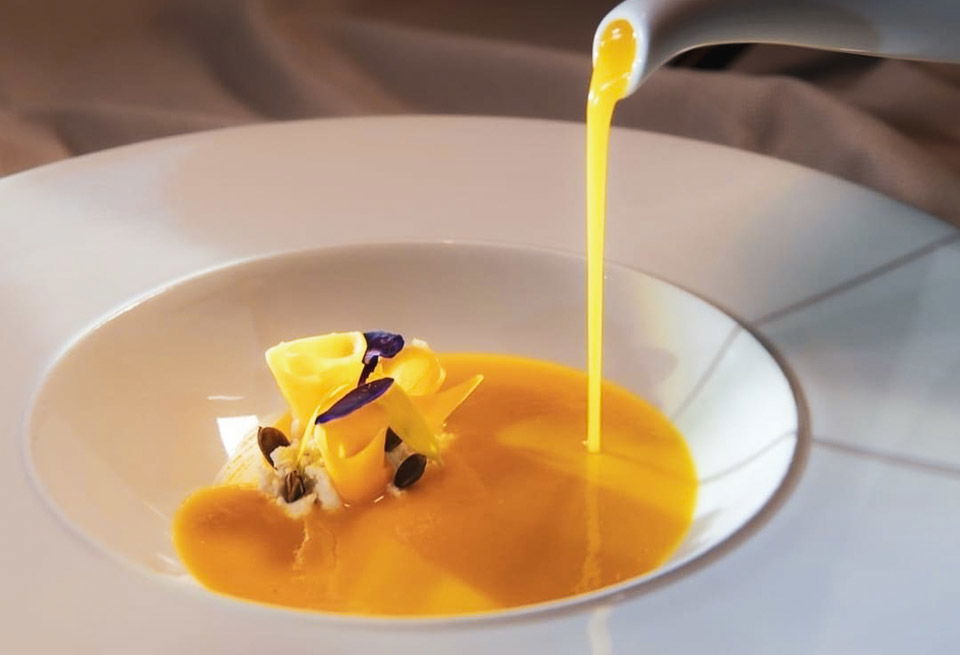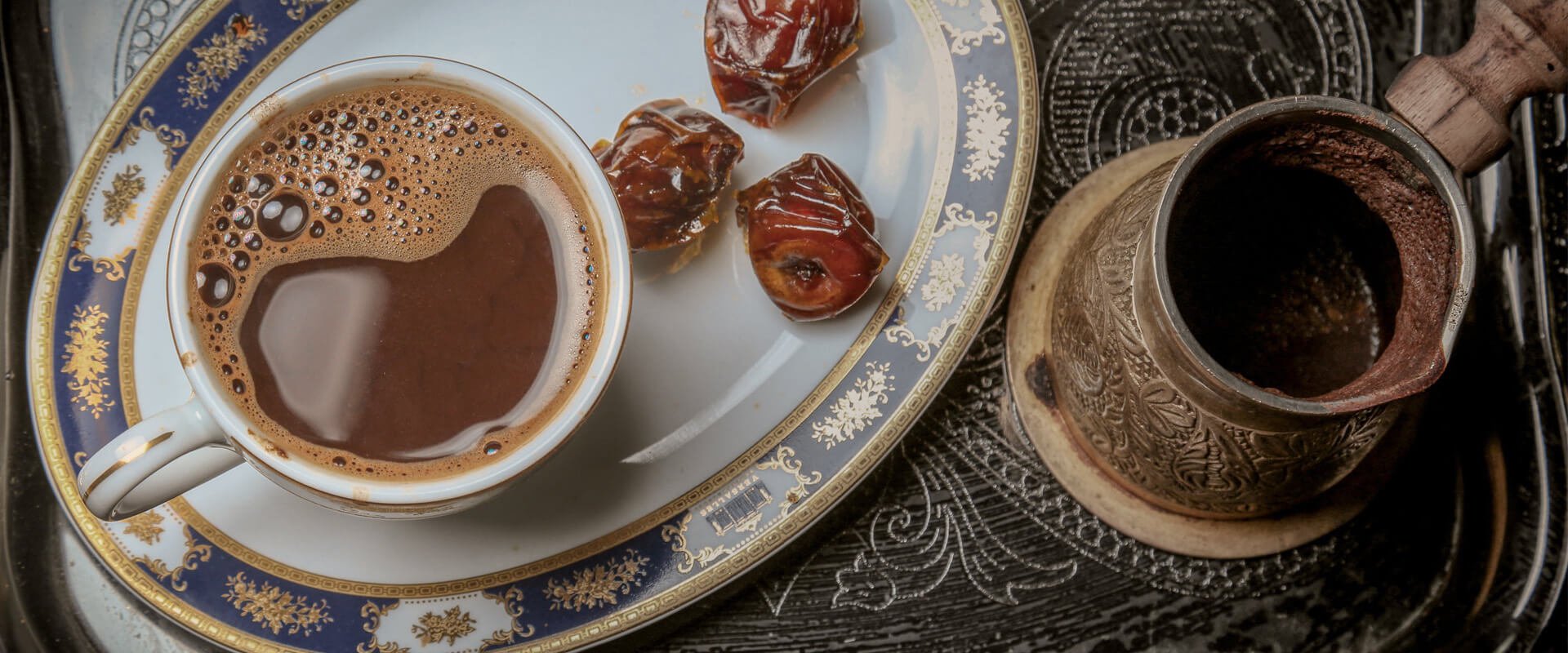
Do you have time for a coffee?
“If you offer me coffee right now, I will respect you, remember you and honor you for the next 40 years”
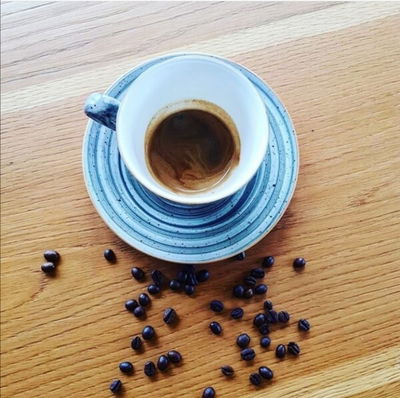 It all started with waking up, a new day, a new morning, we all reached for coffee. You tiptoed into the kitchen and reached for a pint of strong black coffee, or you energetically let the light into your home and prepared the coffee filters for the machine. In Italy, they started brewing the first espresso coffees during that time, the first of the 20 million that will be brewed that day. Croissants in Paris released the smells of warm pastry and butter over the whole city, and grand creme was said a million times. Viennese coffeehouses open their doors to the beginning of a social day with silver coffee trays, a glass of water and Viennese biscuits, which traditionally accompany every cup of drink. The day starts when the coffee was brewed.
It all started with waking up, a new day, a new morning, we all reached for coffee. You tiptoed into the kitchen and reached for a pint of strong black coffee, or you energetically let the light into your home and prepared the coffee filters for the machine. In Italy, they started brewing the first espresso coffees during that time, the first of the 20 million that will be brewed that day. Croissants in Paris released the smells of warm pastry and butter over the whole city, and grand creme was said a million times. Viennese coffeehouses open their doors to the beginning of a social day with silver coffee trays, a glass of water and Viennese biscuits, which traditionally accompany every cup of drink. The day starts when the coffee was brewed.
But the story of coffee began earlier, three thousand years ago in Ethiopia, in the province of Kaffa, where the locals mixed the coffee fruit with animal fat, and drank the drink made this way before going to tribal battles, realizing that the mysterious grain gave them energy.
The main ingredient of coffee is caffeine, which is absorbed into the blood as a stimulant to the body, providing energy and satisfaction for at least the next four hours after consumption, which makes this bean an exceptional drink that can not be forgotten. During the tribal way of life, human strength was the main tool of each group, without it survival and conquest were impossible.
In addition to caffeine, coffee contains numerous other nutritional values such as proteins, water, fats and minerals, it is a source of magnesium, manganese and phosphorus. Daily coffee consumption in moderate quantities can have a beneficial effect on the work of the heart, blood vessels and blood pressure, but excessive amounts can cause the exact opposite. 
Such word about coffee was transmitted quietly, in a whisper, to preserve the secret of the tribe's strength, and it was only in the ninth century that it came from the African plateau to Arabia and Egypt, thanks to sailors. Yemen became the first country to have coffee plantations, in the city of Mocha, where the most popular type of coffee, caffe mocca, is produced.
In 1683, the first coffee house was opened in Vienna. Places with comfortable armchairs and marble tables become the center of social life, presenting newspapers from around the world every morning, along with a coffee drink, a glass of water and traditional Viennese biscuits. Central Europe traced the path of coffee precisely through Viennese coffee houses, which today officially represent the national intangible cultural heritage under UNESCO protection.
After that, coffee shops were opened all over Europe, in Paris, London, and in 1776, coffee arrived in America. All the countries conquered by coffee could not produce black beans due to the climatic conditions under which coffee can be grown, so they looked for a solution in cultivation in the southern parts of the world or trade.
The largest coffee plantations are located in the hot regions of Africa and Indonesia, as well as in the mild regions of South and Central America, Ethiopia and the Caribbean.
Coffee is a tropical woody plant that needs heat to ripen the fruits in the form of red berries with seeds. The berries ripen from 6 to 8 months, after which they acquire the red color from which they got their name. Inside there is a double grain, which must be separated from the peel and flesh of the fruit, and dried.
Cultivation on plantations, and then the coffee harvest itself, required a large number of people who manually processed each berry to obtain the best bean for the highest quality coffee, but because of such treatment, it was also the most expensive.
Fresh green coffee needs to be roasted to get the final taste, and it is the application of heat to the bean that determines the final quality of the aroma, so roasting is most often done in the country of the importer.
Coffee came to Europe in the middle of the 16th century, it was brought to the south of the continent by Venetian traders. One hundred years after the introduction of the beverage, the first coffee shop opens in Venice, and the secret of coffee is officially announced to the general public. It continues its journey to other Italian cities, opening cafe after cafe, creating a tradition that no one could have predicted at the beginning of the story. From grain mixed with animal fat, it becomes culture and the core of social life around the world.
"Black as the devil, hot as hell, pure as an angel and sweet as love" were the words of the Italian state secretary that met with resistance from Christian Europe, but also led to a reversal of coffee's fate. Namely, the bishops demanded that Pope Clement IX ban the drink, but after tasting coffee and feeling its benefits, the pope baptized coffee and it became the first drink with the pope's blessing.
Trieste, along with Naples, is the port of coffee that is imported from all over the world to Europe. There are the most important Italian importers and distributors and all the most famous coffee producers located, including the largest coffee factory in the world - Illy, but the world's largest coffee producers are Brazil, Vietnam, Colombia, Indonesia, and Ethiopia.
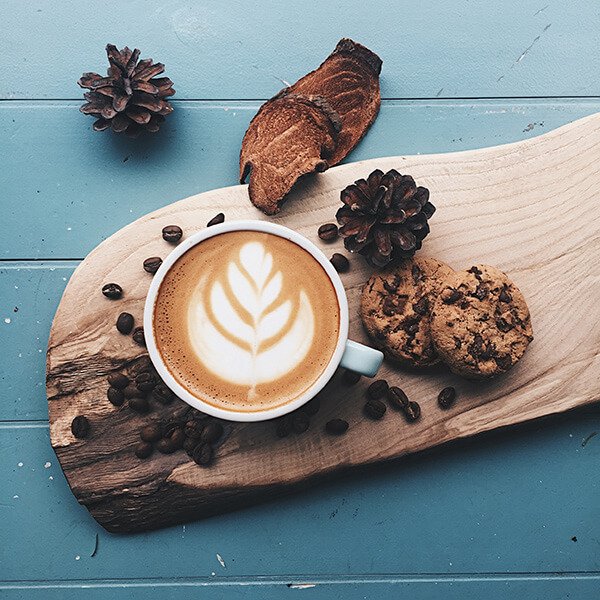
The quality of fresh coffee beans is affected by the acidity of the soil, the altitude and especially the climatic conditions, so we distinguish between two varieties of coffee, Coffea arabica and Coffea robusta.

Coffea arabica, known as Brazilian coffee, grows in South and Central America, the Caribbean and Ethiopia, and represents 70% of the world's coffee production. The grains are rich, aromatic and full of flavor, and according to experts, the best of all varieties.
Coffea robusta predominates in instant coffees, but quite often in Italy we will drink a delicious espresso made from a mixture of robusta and arabica beans, which gives this drink a stronger aroma, a better, longer-lasting and thicker foam and a higher percentage of caffeine found in robusta coffee. It grows on the lower slopes of Africa and Indonesia, the cultivation itself is cheaper compared to Arabica.
"If you offer me coffee right now, I will respect you, remember you and honor you for the next 40 years", is an old Turkish proverb. Drinking coffee in Turkey is a small ceremony of golden cezves in which strong, black Turkish coffee is brewed, and it is usually seasoned with cinnamon sticks, vanilla or cardamom. In Sudan or Morocco, a delicious black drink will be served with cloves or peppercorns.
Even the culinary arts did not escape the charms of coffee. Duck breast marinated in coffee, salt, sugar syrup and water, will after six hours be ready for an unforgettable grill.
From Harissa, we present to you the Arabic spice for coffee, which combines the aromas of the Middle East, cardamom, cinnamon, cloves, allspice, nutmeg and pepper. Add a teaspoon of the world flavor to an espresso, coffee latte, cappuccino, ice coffee and wake up your sleepy senses.
Drink coffee with the aromas of tradition and the smell of untold stories.
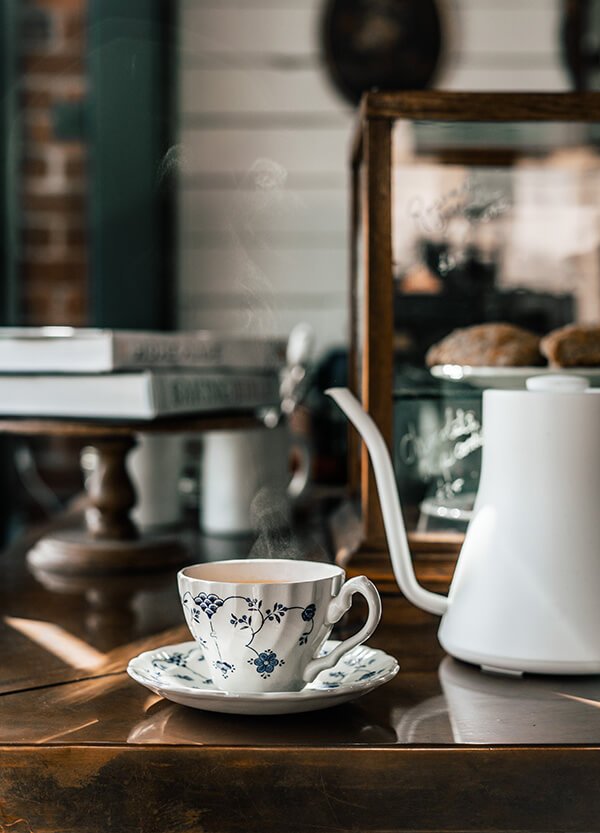
Latest Recipes
We bring you tried and tested recipes of our favorite dishes, culinary tips, and suggestions on how to best combine spices and ingredients for a complete sensory experience.
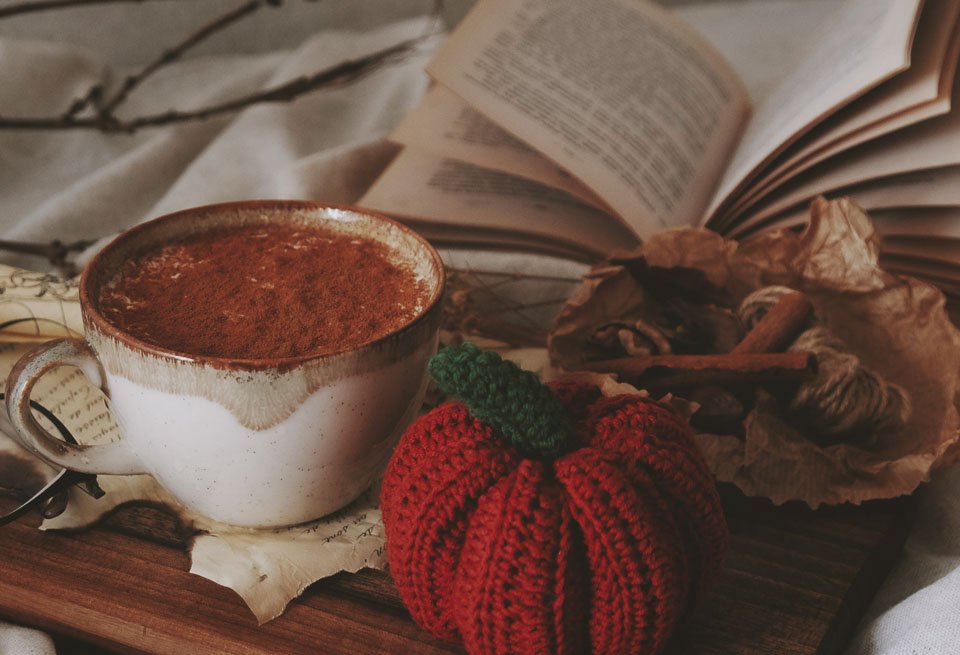
Pumpkin spice latte - The finest coffee with pumpkin flavor
Welcome the first days of autumn with the finest homemade pumpkin spice latte drink bursting with the scents and aromas of autumn.

